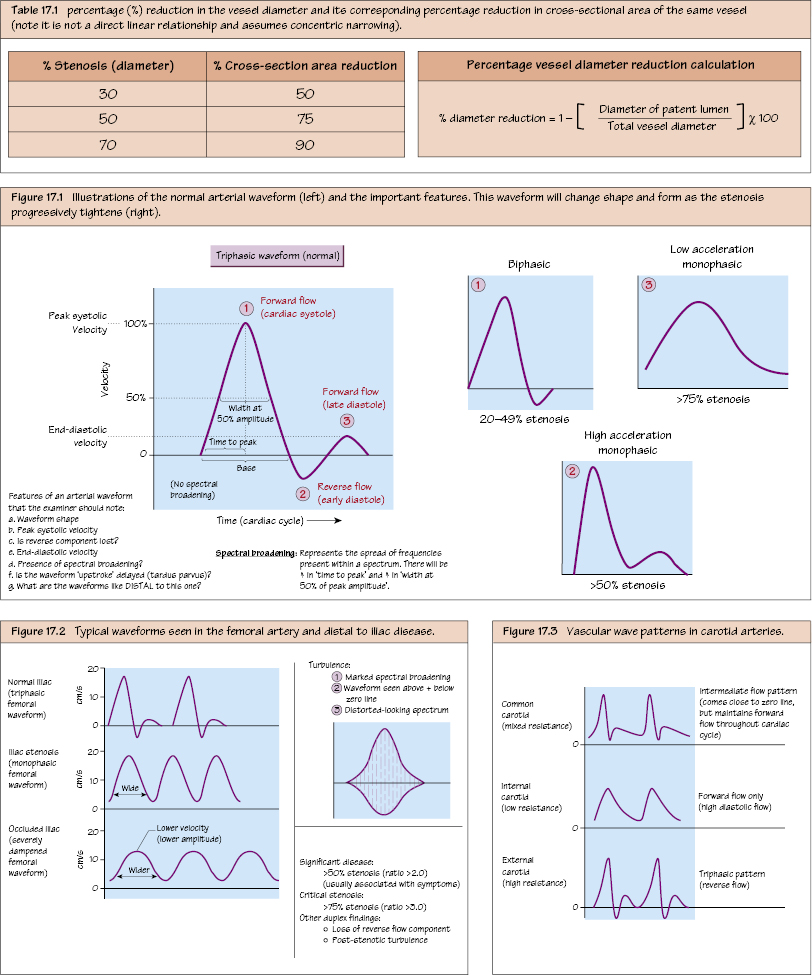Vascular Ultrasound I Ultrasound (U/S) is a brief pulse of energy in the form of a high frequency sound wave that cannot be heard. An electric current is passed through quartz crystal (inside the hand-held probe); this causes the crystal to oscillate rapidly, thereby generating ultrasonic waves (piezoelectric effect). The speed of the U/S wave is dependent on the density and compressibility of the medium it is travelling through, and the reflected waves (detected by the transducer) are generated into pictures for diagnostic assessment. These reflected waves are dependent on the acoustic impedance of the tissue. In addition, the angle of the beam will also affect the amplitude of the signal detected by the transducer. The unit of frequency is the hertz (Hz). This is the change in observed U/S frequency (as detected by the stationary probe) due to the relative motion of the source (in comparison to the transducer) and is useful for measuring blood flow velocity and flow direction. This alteration in observed frequency is known as the Doppler shift. In vascular U/S, the moving medium is blood, which may be ‘moving away’ or ‘moving towards’ the probe (stationary observer). Theoretical risks relate to thermal tissue effects and cavitation (oscillation and collapse of gas-filled cavities in the U/S beam). However, U/S is considered safe, although, when imaging the pregnant patient and foetus, it is still considered good practice to keep exposure ‘as low as reasonably achievable’ (ALARA).

Physics of Ultrasound
Units of Measurement
The Doppler Effect
Risks of U/S
U/S in Vascular Assessment
Stay updated, free articles. Join our Telegram channel

Full access? Get Clinical Tree


